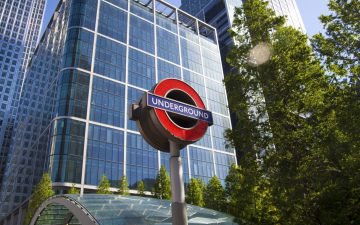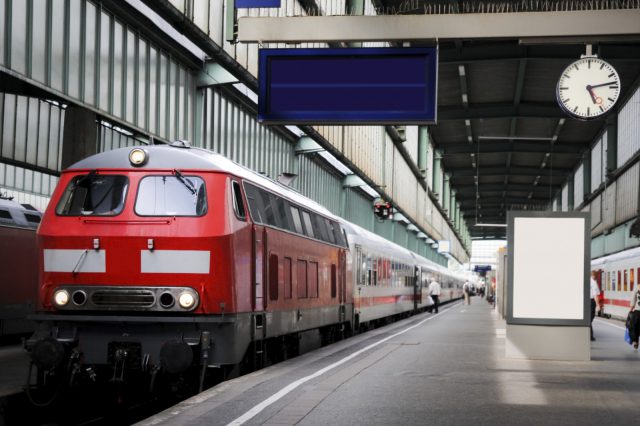Commuters from Surrey and Sussex See House Price Values Grow
Towns and villages in Surrey and Sussex are experiencing healthy price rises as Londoners are priced out of the capital’s housing market.
These are popular commuter spots for those travelling to Victoria or London Bridge. Past Gatwick Airport, but still within an hour of central London, there are ten spots on the route to choose from.
Savills estate agent found that addresses in Surrey, namely Redhill, Earlswood and Salfords, have experienced steady annual price growth. The average property price here is £312,258.
Redhill
Redhill is not the prettiest of places in Surrey, but is scheduled a £50m renovation to the station, including a town square, shops and new homes. Buyers will be delighted at Redhill’s speedy commute; trains to London take just 35 minutes and an annual season ticket costs £2,672.
Redhill also has good primary and secondary schools, such as the Warwick School and Saint Bede’s School.
The town lacks period properties, but has plenty of affordable new builds and post-war homes in the suburbs.
A negotiator at Connells Residential, Will Norris, says that buyers in this area are often young couples wanting a two-bedroom flat for between £200,000-£240,000. Buyers looking for a four-bedroom house will pay £450,000+ and those looking for period features are better suited to nearby Earlswood. Detached Victorian and Edwardian homes there are around £400,000.
Haywards Heath
Haywards Heath and adjacent Lindfield are good options for those looking to live in West Sussex. Both are south of the Sussex Weald and are close to the South East’s picturesque countryside.
Haywards Heath is 44 minutes from London on the train and an annual season ticket is £3,808. The average home costs £315,483 and rose just 3.1% in the last year, but 15.6% since 2007.
A director at Savills, Sophie Wysock-Wright predicts that four in ten London buyers would like a family home.
Within the town, Lucastes Avenue and its nearby roads are perfect for families. Just west of the station, a detached four-bedroom 1920s house costs between £650,000-£750,000. Closer to the station are three-bedroom Victorian cottages at £350,000.
Lindfield is a 15-minute walk from Haywards Heath station and has period houses, an ancient church and pond area. Buyers will pay between £450,000-£550,000 for a three-bedroom Victorian semi-detached property.
Burgess Hill
In West Sussex, but closer to the South Downs is Burgess Hill. A train to London takes 52 minutes and an annual season ticket is £3,808.
Branch manager of Fox & Sons, Peter Bushell, says that the shops and restaurants aren’t as good as in Haywards Heath, but commuters adding ten minutes to their journey will gain an extra bedroom or a detached home. Residents can also get to Brighton in 20 minutes by car.
Crescent Road, Park Road and Silverdale Road all have great Victorian, Edwardian and 1930s semi-detached houses, costing around £400,000.
A lot of properties here were built post-war, and a three-bedroom 1960s home costs about £300,000.



